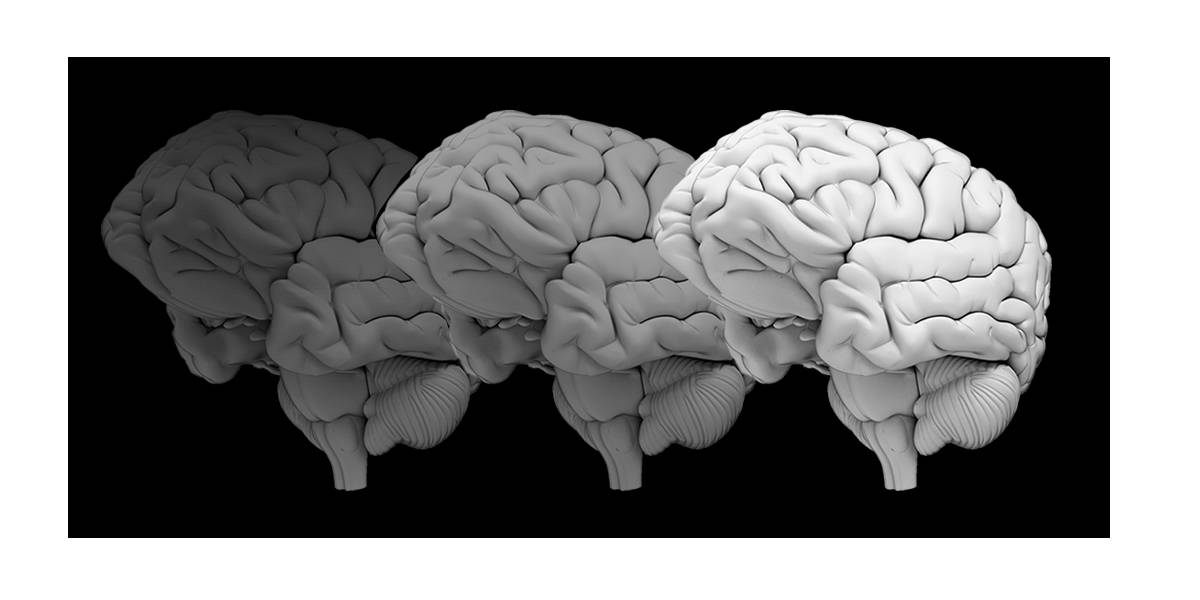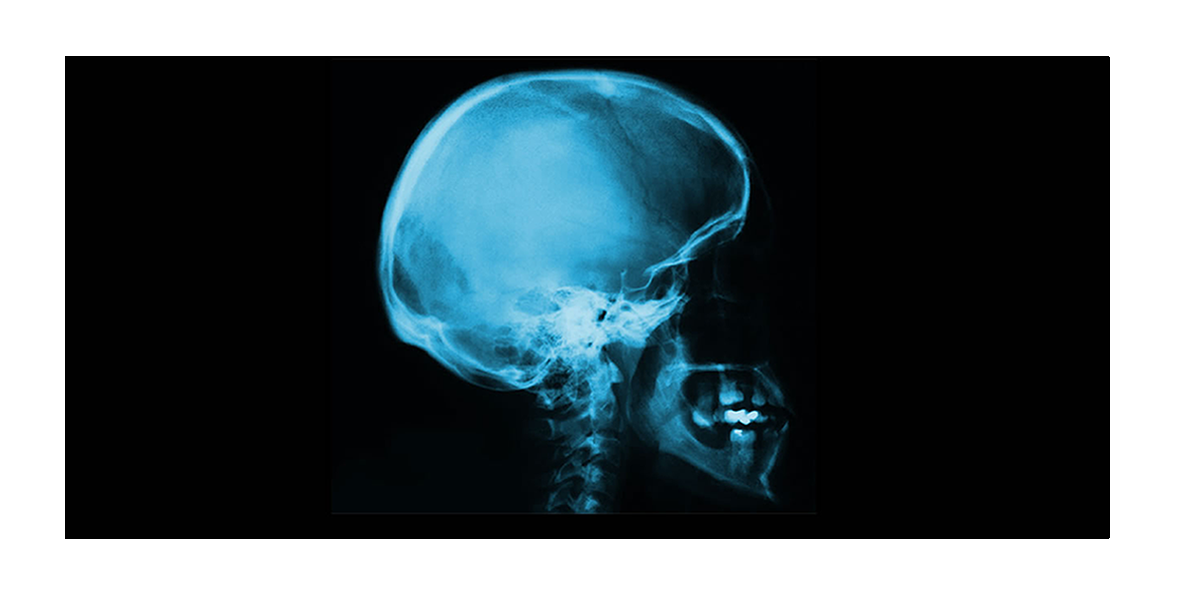Doctors baffled as to why some brains become haunted
The Sydney Morning Herald
What Borderline Personality Disorder feels like
As a child Sonia Neale did not understand why she would not get invited to parties. She was later diagnosed with Borderline Personality Disorder. Vision courtesy of SANE Australia.
"I hate myself, and my brain," Pam Tusiani wrote in her journal while under 24-hour watch in a hospital's psychiatric ward. "Nothing is worse than this disease."
When Ms Tusiani wrote those words in 1998, doctors had little understanding of the disorder that was troubling her, and now they have little more.
Trying to understand how the illness works - in the hopes of finding a cure - strikes at the heart of psychiatry, indeed medicine in general.

Pam Tusiani died in 2001 at age 23 from a severe reaction to an antidepressant prescribed for her borderline personality disorder. Photo: Michael D. Tusiani
How does one replicate at the basic research level what one sees in a patient? How do you find the chemical root of a disease, especially one as complex and multifaceted as borderline personality disorder, or BPD?
Just as a smile takes dozens of facial muscles to execute, a particular emotional response to a stimulus requires a web of brain activity.
The brain is not a series of one-way streets. It's a hive of superhighways, and we can barely make out the cars, much less figure out where they came from, where they're headed, what they're carrying and why they're on the road.

The amygdala is a small structure in the brain that is responsible for emotions, survival instincts and memory. Photo: Supplied
We barely understand a healthy brain, so how are we to understand one haunted by psychosis?
Some days Ms Tusiani, a New Yorker who was attending Loyola University in Baltimore when she was taken to Johns Hopkins Hospital, would cut herself, usually on the arms and hands, not so much to inflict pain but rather to relieve inner turmoil.
"Bleeding enough that I felt good," she wrote.
One day she would be curled up in the fetal position, unable to eat or speak; the next, she would be pacing around her house, berating anyone within reach and seeking drugs and alcohol - or a razor - for relief.
Hers is an all-too-familiar story in patients with BPD, a psychiatric syndrome that has gained recognition only in recent decades and that affects as many as 16 million Americans.
What was once thought to be the result of child abuse or a manifestation of post-traumatic stress is now its own complex personality disorder. And it can be deadly.
The suicide rate is higher for people with BPD than for those with major depression and schizophrenia; about 4 to 9 per cent kill themselves.
BPD is a tangle of psychiatric symptoms such as intense mood swings, anorexia and bulimia, drug abuse, suicidal thoughts and self-injury. And because it presents itself as a kaleidoscope of symptoms, it is frequently misdiagnosed.
For years, Ms Tusiani was checked into and out of hospitals, family therapy sessions and meetings of Alcoholics Anonymous and Narcotics Anonymous.
She was on a laundry list of medication: Klonopin for seizures, Ambien and Ativan to help her sleep, Xanax for anxiety. She also went through a line-up of antidepressants: nortiptyline, lithium, Zoloft, trazodone, Wellbutrin, Effexor, Prozac, Serzone, Paxil and Parnate.
None could stabilise her condition. The young woman - and her family - were exhausted and confused by the barrage of treatments and medications. How were they supposed to cope with her nightmarish outbursts, her self-mutilation and suicide attempts, her destructive behaviour?
Ms Tusiani died in 2001, aged 23, from a severe reaction to Parnate, the last in a long line of antidepressants she had been prescribed.
Her parents, Bea and Michael Tusiani, were left traumatised, stunned by the drug's fatal side-effects and horrified at the medical malpractice they uncovered: the treatment centre their daughter had been using was providing medical care without a licence.
Despite their loss, they haven't lost hope for a cure. Using the settlement from their malpractice suit, the Tusianis started the Borderline Personality Disorder Resource Centre at New York Presbyterian Hospital in 2003.
And lately they've been courting researchers, hoping to drum up attention to the disease that took their daughter.
In July, the Tusianis hosted some of New York's top neuroscientists and psychiatrists at a day-long event to review the latest science on BPD and devise new avenues for research. The meeting, held at the Columbus Citizens Foundation on Manhattan's Upper East Side, opened with a plea from the family for more research on the disease.
More than two dozen scientists and clinicians hailing from Columbia University, Weill Cornell Medical College, Mount Sinai Hospital and New York University discussed the latest studies - including research in mice and imaging of the human brain.
They outlined neurobiological, behavioral and clinical directions that should be taken to improve psychiatry's understanding of the syndrome and perhaps yield novel treatments.
The scientists meeting in New York grappled with what clues they should be looking for in children and adolescents.
"The real directions that we need to take are doing more longitudinal studies with at-risk individuals at a young age," said Antonia New, a professor of psychiatry at Mount Sinai who studies the neurobiology of BPD.
Within the oak-paneled walls of the Columbus Club, Professor New and her colleagues debated how best to study emotion and cognition in the young.
Is there a step in the development of a child's or adolescent's brain that is interrupted or exaggerated before the onset of BPD? How do we find it?
When we make emotional decisions, a flurry of activity shoots through the brain, setting off a cascade of impulses that control our mood, how we regulate our aggression, how we empathise. These reactions to such impulses are all altered in a person with BPD.
For Pam Tusiani, a simple "no" from her mother or friends would result in severe feelings of rejection and abandonment. In other settings, a trivial remark would set off a raging tantrum. To illuminate the regions of the brain involved in regulating these emotions, BPD researchers are focusing on regions responsible for emotional and cognitive function - in particular, the amygdala. Imaging this part of the brain has shown that BPD patients have an overactive amygdala, meaning the "fight or flight" centre is kicked into overdrive, provoking stress, anxiety and fear moe quickly and more easily than in other people.
Using functional magnetic resonance imaging (fMRI), which measures brain activity by tracking blood flow, researchers have shown that people with BPD experience abnormal connectivity between the amygdala and other regions of the brain. Even the most normal of stimuli - looking at a photo of a serene scene in nature or a simple facial expression - sometimes generated intense, long-lasting emotional reactions in patients with BPD. Their amygdala, it seemed, was overreacting.
Employing another brain imaging technology - positron emission tomography (PET), which uses a radioactive tracer to examine tissue function and metabolism - Professor New has shown that BPD patients have abnormalities in the connections forged between the amygdala and other structures.
"It's not a question of an untethered amygdala," Daniel Salzman, a neuroscientist at Columbia University who studies emotional processing in monkeys and mice, explained at the conference.
"We need to understand the intricate neurocircuitry that's mediating complex interactions between emotions and thoughts," he said.
He contended that research should be focused on the level of a single cell rather than at a brain region as large as the amygdala.
"If you can't get down to the single cell in animal models, you're not going to prove things at a mechanistic level."
But finding the precise neurotransmitters and chemical pathways responsible for a dysfunctional amygdala is a leap that science has not yet made.
Only after making that leap will medicine begin to develop the cure the Tusianis are hoping for. Meanwhile, psychiatry will continue playing clinical whack-a-mole to control BPD symptoms.
"We have no medications to treat these patients," Barbara Stanley, a professor of medical psychology in psychiatry at Columbia University, said.
"We only have medications that treat individual symptoms, make them feel like junk and only give them partial relief."
Washington Post
 |
|
 |
|







